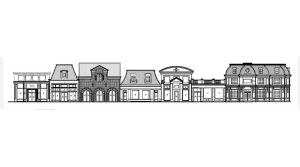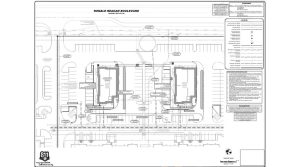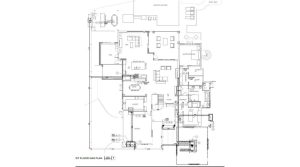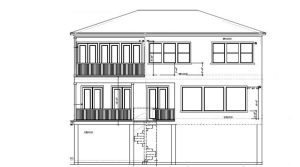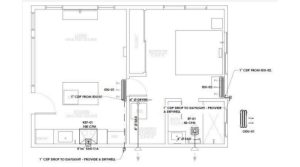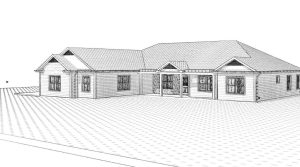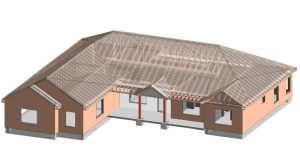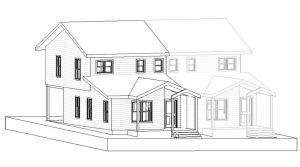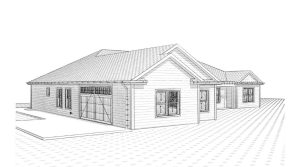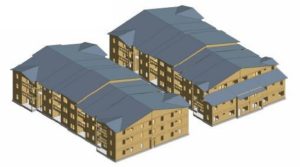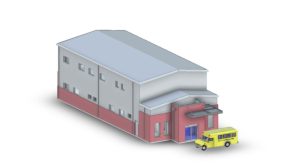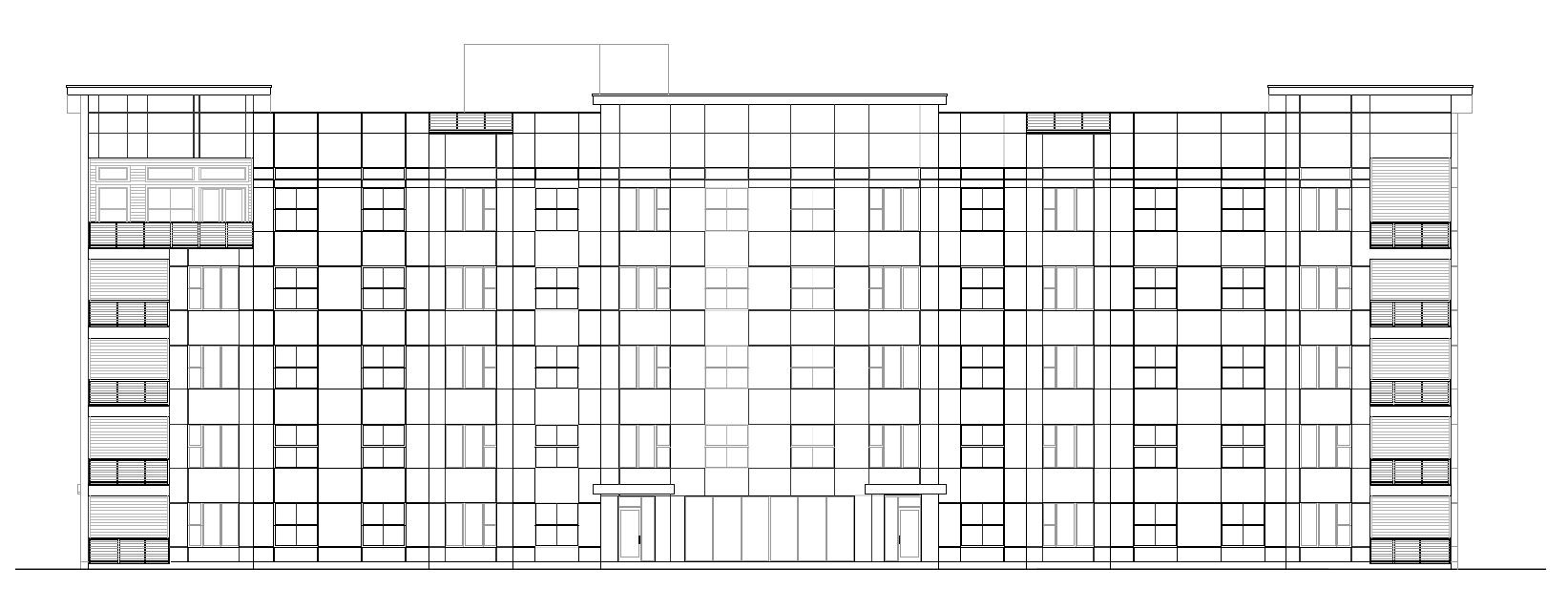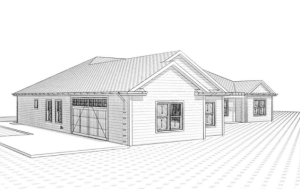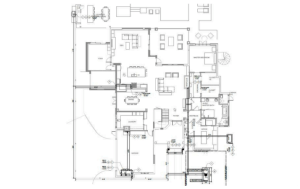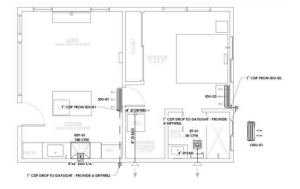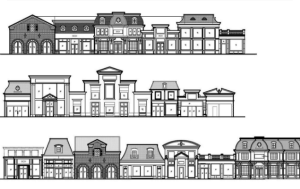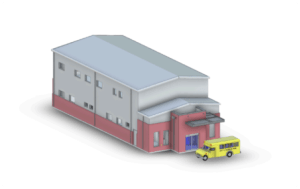Engineering Today’s Buildings: Electrical Design Best Practices for Commercial & Residential Spaces
Electrical design is the hidden backbone of every modern building. Whether it’s powering a busy downtown office tower or making a family home more comfortable, a well-planned electrical system keeps everything running safely and efficiently.
In engineering design for commercial/residential buildings, electrical systems do far more than just deliver power. They shape how people use spaces, influence energy bills, and even determine how easy it will be to adapt to future technology.
This guide walks through essential best practices for electrical design in both commercial and residential settings, blending safety, efficiency, and long-term value.
What Electrical Design Means Today
At its core, electrical design is the process of planning, developing, and installing the systems that distribute electricity throughout a building. This includes wiring, outlets, lighting, circuit protection, control panels, and backup systems.
For commercial buildings, designs must handle larger electrical loads, complex distribution, and specialized equipment. In residential spaces, priorities often center on safety, convenience, and keeping utility costs low.
Best Practices for Commercial Electrical Design
Best Practices for Commercial Electrical Design
Plan for Varying Power Needs
Different parts of a building have different loads. Calculating peak demand early helps prevent outages and costly rework.
Use Energy Management Systems (EMS)
Moreover, EMS tools allow real-time monitoring and optimization of energy use. They help reduce costs while supporting sustainability goals.
Provide Reliable Backup Power
Hospitals, data centers, and mission-critical facilities require redundant systems. Therefore, generators and backup systems ensure operations never stop.
Invest in Smart Lighting Design
LED fixtures, motion sensors, and daylight harvesting can cut energy use. At the same time, they maintain comfort and brightness.
Prioritize Safety Equipment
Install protective devices like AFCIs and GFCIs. In addition, focus on high-risk areas such as kitchens, labs, and workshops.
Best Practices for Residential Electrical Design
Safety First
Follow NEC standards for wiring and breaker panel layout. Install GFCIs in kitchens, bathrooms, and laundry rooms, and AFCIs in bedrooms and living spaces.
Match the Design to Lifestyle Needs
Consider how homeowners will use each room. Home offices, entertainment areas, and high-powered kitchen appliances all require thoughtful circuit planning.
Layer Lighting for Comfort
Combining ambient, task, and accent lighting improves function and atmosphere while reducing eye strain.
Prepare for Smart Home Integration
Design with automation in mind—smart thermostats, lighting controls, and security systems are easier to add when wiring supports them from the start.
Leave Room for Renewable Energy
Pre-wiring for solar panels or battery storage makes future upgrades far simpler and more cost-effective.
Strategies That Apply to Any Building
Whether it’s a home or a commercial tower, these principles hold true:
• Do load calculations early to avoid last-minute redesigns.
• Use high-quality materials for wiring, panels, and fixtures to ensure longevity.
• Make energy efficiency a priority with modern lighting, efficient appliances, and smart controls.
• Ensure easy access to panels and junction boxes for maintenance.
• Coordinate with other trades so electrical systems work seamlessly with plumbing, HVAC, and architectural plans.
New Technologies Shaping Electrical Design
• Smart grid compatibility enables buildings to adjust energy use in response to supply and demand.
• Wireless power technology may reduce the need for extensive wiring in some applications.
• Energy storage systems improve resilience and reduce dependence on the grid.
• Advanced monitoring tools give building managers real-time insights into electrical performance.
Conclusion
Electrical design is far more than a technical checklist—it’s a foundation for how a building operates and evolves. By following best practices in engineering design for commercial/residential buildings, property owners and design teams can create systems that are safe, efficient, and ready for the future.
For professional support that blends technical expertise with forward-thinking design, visit GDI Engineering’s Electrical Engineering Services.





